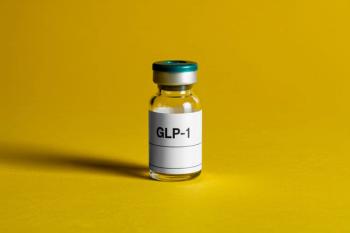
Consequences of Population Drift
Writers of diagnostic criteria should consider their work and all its implications. What about adding a new disorder? What might that do to epidemiological capture? Depending on the characteristics of the diagnostic criteria set, many possibilities exist.
In writing diagnostic criteria, it’s easy to forget the implications of making even minor changes. Let’s say we have a mental disorder, Disorder A, with XA criteria set. When applied by clinicians in a population of people, let’s say the XA criteria set “captures” (identifies) 100 people with Disorder A. What happens to your population capture if you modify the criteria set, like in a revision of the DSM?
It depends, of course, on the empirical effects of the change. Without prior epidemiological research testing the capture effects of the change, one can hypothesize that a more diagnostically restrictive criteria set, such as one that adds exclusion criteria (like “not due to another disorder”), would narrow the population your diagnostic criteria would capture. This effect is graphically represented by Disorder A –> A2. If a revision of a DSM would involve an loosening of criteria, for example, merging 2 previously distinct disorders into a single disorder, one would, of course, expect an expanded population, as illustrated by A3.
What about adding a new disorder? What might that do to epidemiological capture? Depending on the characteristics of the diagnostic criteria set, many possibilities exist. However, consider Disorder B in the
These kinds of changes potentially occur with every DSM revision. For instance, the merger of
• the diagnosed population to shrink with every additional demand for minimum criteria met
• the characteristic features of the capture population may change as minimum requirements increase, because each independent criterion may have different capture characteristics; some criteria may capture everyone, others may capture only those with the most mild or most severe symptoms, while still others may capture etiological outliers. (See
The proposed
So are these changes good things or bad things? These judgments require a complex set of value judgments, preferably informed not just by empirical validation of the older DSM criteria sets, but also the draft criteria sets-studies which are very expensive, time-consuming, and difficult to do well. For instance, the discussion of the change to Alcohol Use Disorder is based upon the performance of old DSM-IV criteria-but the question remains unanswered how the Alcohol Use Disorder criteria will perform, and what the characteristics of this new population of people will be.
What are some of the foreseeable difficulties posed by these modifications?
As Dr Allen Frances and others have pointed out, the consequences of even minor criteria changes and category changes must be carefully considered.
1. Longitudinal epidemiological and treatment studies will be completed in an era where the relevance of the findings will bear an unknown relationship to “similar” disorders based upon different criteria sets and therefore different population capture. Such changes dramatically diminish the value of the longitudinal studies for clinical practice and administration. What does DSM-5 Alcohol Use Disorder have to do with DSM-IV Alcohol Dependence as far as treatment prediction goes?
2. Fiscal planning administrators will no longer be able predict program expenditures based upon diagnosis, because the population captured may have “drifted”-expanded, contracted, or even changed in characteristics or severity. Enrollment in clinics and practices may expand, contract, or shift in the kinds of clinical problems posed. Inefficiencies in clinical care are the inevitable result. An unspecified number of patients may “fall through the cracks.” Standard treatment regimens may no longer be relevant.
3. Artifactual comorbidity makes for a billing nightmare and continuous revising of reimbursement schemes, shifting mental health care dollars into administration and away from service delivery. If a patient comorbid for Exhibitionism Disorder and Hypersexual Disorder receives treatment, do both diagnoses have any bearing on reimbursement? Guess who pays for the continual readjustment of billing schemes?
Conclusions? The DSM-5 committee should consider their work not just as the scientific classification of mental disorders but-perhaps even more importantly-the de facto development of public policy on the care of the mentally ill. Such policy implications are huge.
Acknowledgement: Thanks to E. Jane Costello, PhD for her insights for this entry.
Newsletter
Receive trusted psychiatric news, expert analysis, and clinical insights — subscribe today to support your practice and your patients.














